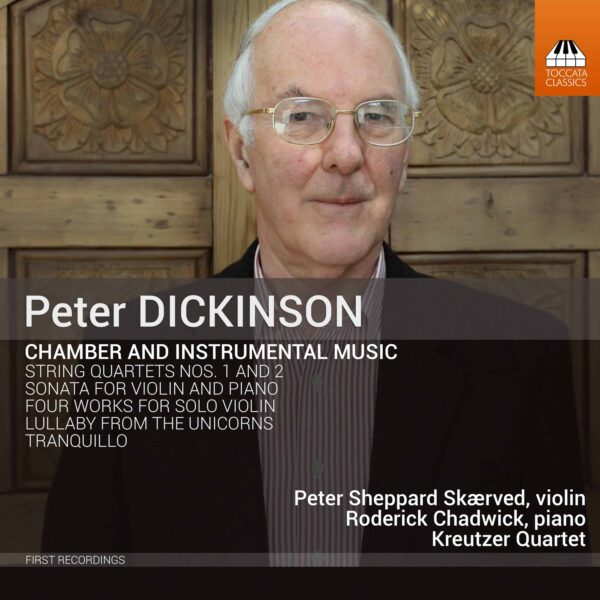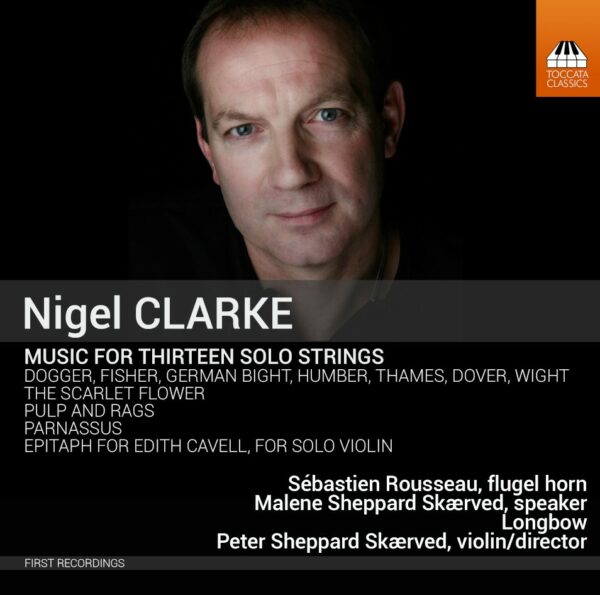Giuseppe Tartini: 30 Sonate piccole, Volume Two
In the last years of his life, the great composer, violinist and swordsman Giuseppe Tartini (1692-1770) laboured at a cycle of sonatas for solo violin. The resulting manuscript offers the most important composition for solo violin after Bach and, at six hours in duration, the largest integrated work for the instrument. This first complete recording is based on a fresh study of the source and includes a number of works in Tartini's shorthand, overlooked in earlier editions.
Peter Sheppard Skærved, violin
Listen To This Recording:
-
Sonata No. 7 in A minor (mid 18th c.)
- I Adagio
- II Allegro
- III Tema con variazione
- IV [Allegro assai]
- I Andante
- II Allegro
- III Affettuoso
- IV Allegro assai
- I Largo andante
- II Allegro
- III Allegro
- IV Allegro assai
- V Menuet
- I Largo
- II Allegro
- III Subito affettuoso
- IV Menuet
- I Andante cantabile
- II Allegro
- III [Siciliana]
- IV Menuet
- V Allegro assai
- I Tasso
- II Grave ‘Il tormento di quest’anima’
- III Canzone Veneziana
- IV ‘Quanto mai felici siete’
- V Tema con Variazioni
Sonata No. 8 in G minor (mid 18th c.)
Sonata No. 9 in A major (mid 18th c.)
Sonata No. 10 in B flat major (mid 18th c.)
Sonata No. 11 in E major (mid 18th c.)
Sonata No. 12 in G major (mid 18th c.)





MusicWeb International :
‘…Tartini’s interest in and enthusiasm for birdsong and nature depiction was always subtle. But the folkloric hints in the A major are unmistakeable, especially the penultimate of the five movements in which birdsong and songfulness are fundamental parts of the musical equation. Here one feels quite strongly the violinistic river that runs from Tartini through the entire French School from Kreutzer to Rode and on to Baillot… All the virtues of the first volume are reprised in this second release, and one waits impatiently for the series to unfold.’
—Jonathan Woolf, MusicWeb International
Fanfare Magazine :
‘…As does the first volume, this second one provides listeners with the chance to hear more of the sonatas than have previously been available on recordings by one violinist and will therefore make possible greater appreciation of their musical and violinistic qualities.’
—Robert Maxham, Fanfare Magazine